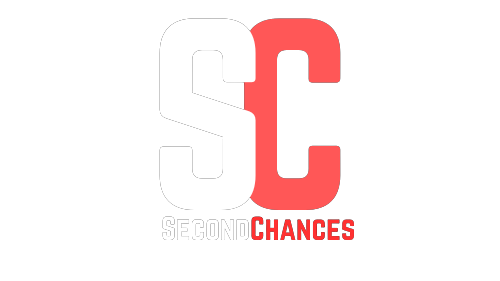The ability to qualify for Best Balance Transfer Credit Cards For Poor Credit. It may be possible to transfer high-interest balances to a new card with a lower rate if you need a lower interest rate.
Several credit card companies offer Balance Transfer Credit Cards For Poor Credit to help people pay off debt. These offers allow you to transfer debt to a new credit card with a lower interest rate. There is a lot of money to be saved this way, but finding Balance Transfer Credit Cards For Poor Credit is the tricky part.
The balance transfer credit cards require a high credit score. The chances of you getting a credit offer are slim if you’re working on your credit. Applicants with low credit scores aren’t entirely out of luck, however, as there are some card options available.
Table of Contents
What Is A Balance Transfer?
The process of transferring a balance from one credit card to another, preferably one with a lower interest rate, is referred to as a balance transfer. This way, you won’t need to worry about costly interest charges as you pay it down.
Balance transfers are typically associated with a balance transfer fee, which is added to the total balance. It is industry standard to charge 3% for balance transfers, although it can go as high as 5%. If you compare the cost of a balance transfer fee with numerous interest charges, it is usually worthwhile to pay a fee.
What Is a Balance Transfer Credit Card?
Credit cards with balance transfers can help you get a lower interest rate on an existing debt. Transferring balances is typically an option on most cards, though balance transfer cards usually come with introductory rates and fees on transfers.
Can You Get Best Balance Transfer Credit Cards For Poor Credit?
While it may be difficult to secure Balance Transfer Credit Cards For Poor Credit, it is not impossible. The credit score required for balance transfer cards is typically good or excellent. It should be noted that some issuers offer specially designed cards for consumers with less-than-perfect credit. Debt consolidation may be challenging with these cards, but they offer relief for those with high-interest rates and few balance transfer options.
How Does Best Balance Transfer Credit Cards For Poor Credit Work?
Your new credit card will let you pay off your existing credit cards when you receive a balance transfer credit card. Your new balance transfer card lets you pay off the debt with monthly payments.
The interest-free period on your 0% balance transfer credit card may enable you to repay your debt faster since you won’t be charged interest on the transferred balance.
How To Choose Best Balance Transfer Credit Cards For Poor Credit?
The first step in choosing a balance transfer credit card is to check your credit score. When you know your score, you can decide which cards to consider and whether you will qualify for an offer. A good credit score or better is usually required for approval of 0% balance transfer cards.
The next step is to compare the features of the cards you qualify for, which can affect the total cost of your transfer. The following information is included on each card:
- Initiation APR for balance transfers (both the amount and the duration)
- The balance transfer fee
- The regular APR
- The annual fee
These features must be taken into consideration in terms of your specific situation, including how long it will take for your transferred debt to be repaid. The regular APR is especially important if, for example, you need 15 months to get out of debt when a credit card offers 0% for 12 months.
Top Best Balance Transfer Credit Cards For Poor Credit
Capital One
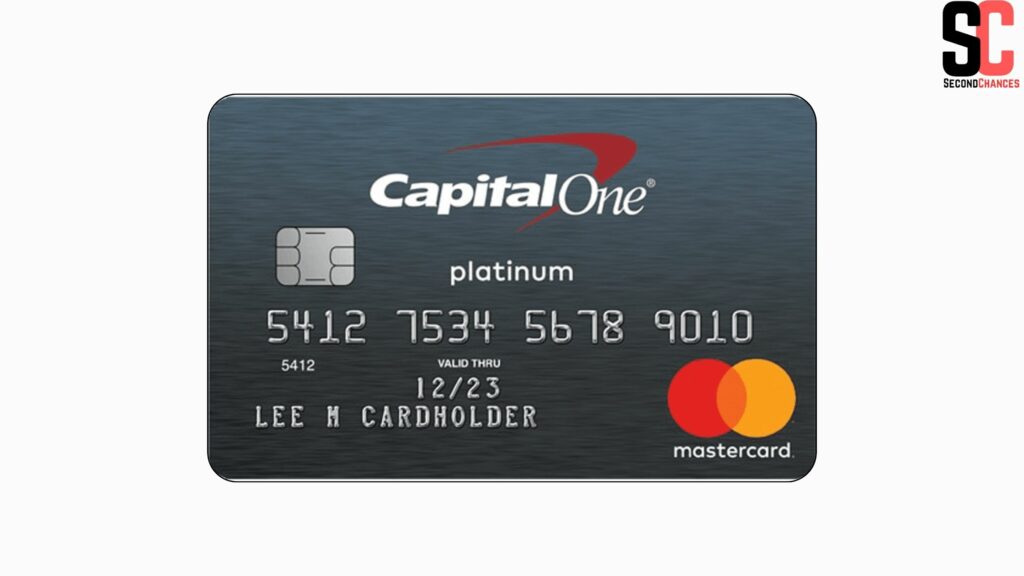
Capital One Platinum Credit Cards feature no annual fee and are designed for those with fair/limited credit. Those who transfer balances at a promotional rate will be charged a balance transfer fee in addition to an ongoing APR of 30.74% (Variable).
If you demonstrate responsible usage of the card, you might be able to request a switch to a Capital One card that earns rewards, like the Capital One QuicksilverOne Cash Rewards Credit Card or the Capital One VentureOne Rewards Credit Card.
BankAmericard
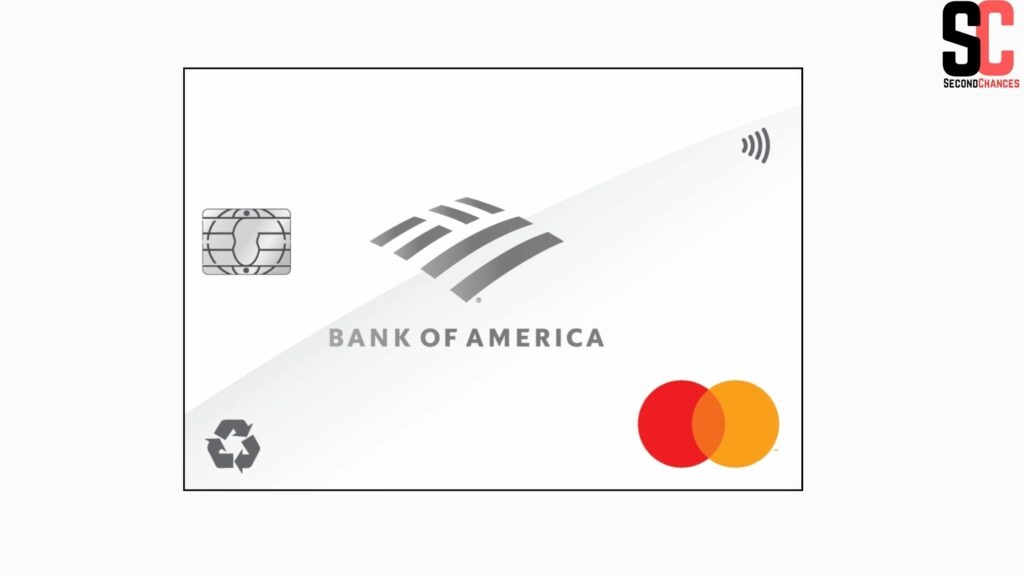
Students with established credit may want to consider the BankAmericard® credit card for Students. Establishing healthy credit habits can be assisted by account alerts for balances and due dates. Additionally, you will have access to financial education topics that will help you budget and manage your credit card more responsibly.
Discover it® Student Cash Back
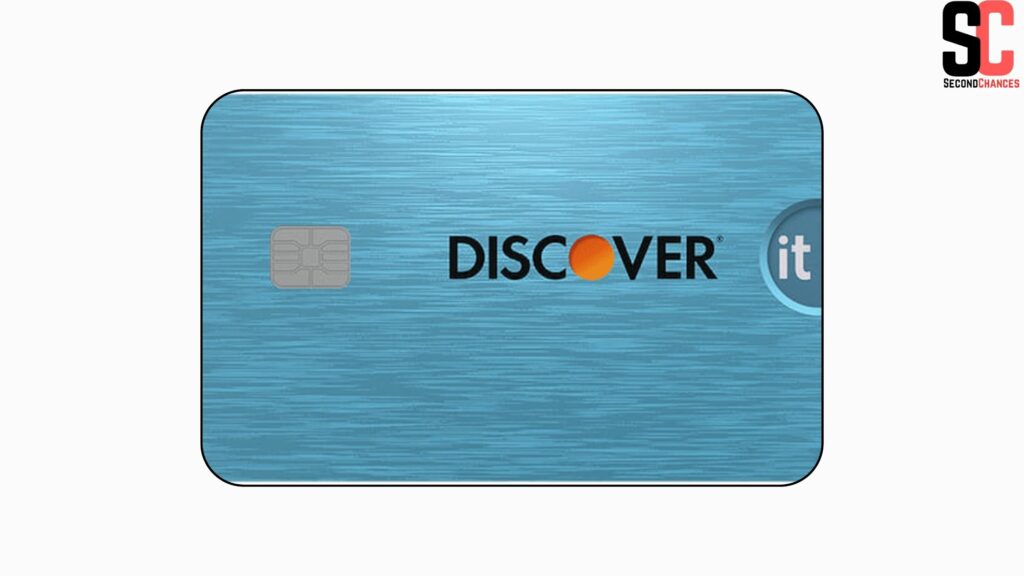
When you align your spending with the quarterly bonus categories of Discover it® Student Cash Back, you can maximize your cashback. You can also protect your privacy by removing your information from sites that sell your information to third parties. If you encounter any issues while using the card, its customer service team is 100% U.S.-based.
Discover it® Student Chrome
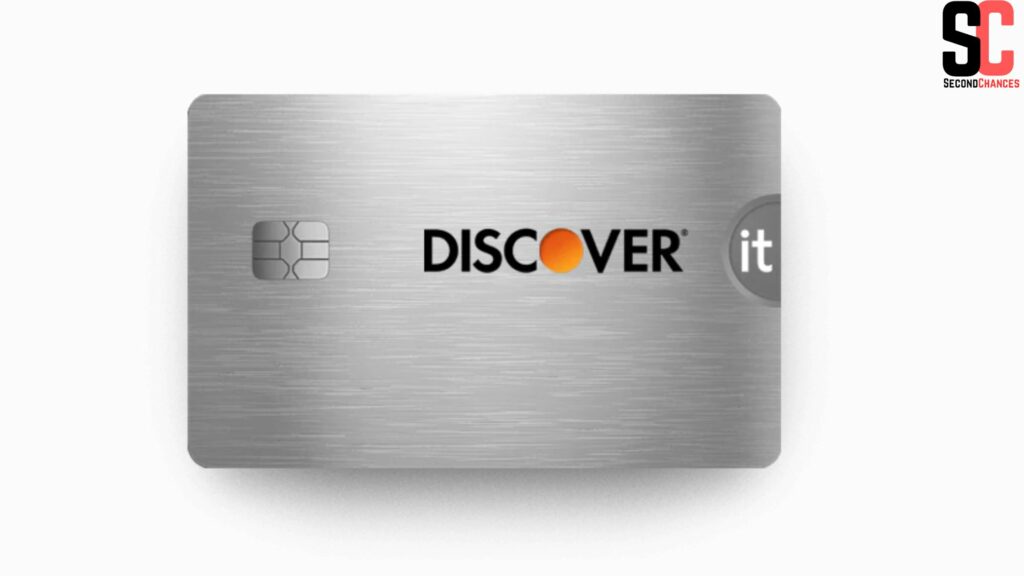
There is an intro APR of 10.99% Intro APR for 6 months on balance transfers with Discover it® Student Chrome. Thereafter, the APR will vary between 18.24% and 27.24%.
A 3% intro balance transfer fee applies to Discover it® Student Chrome, and a 5% fee applies to future balance transfers (see terms). If you have limited/fair credit and are interested in receiving a lower interest rate on balance transfers for half a year, Discover it® Student Chrome may be a good choice.
Navy Federal Platinum Credit Card
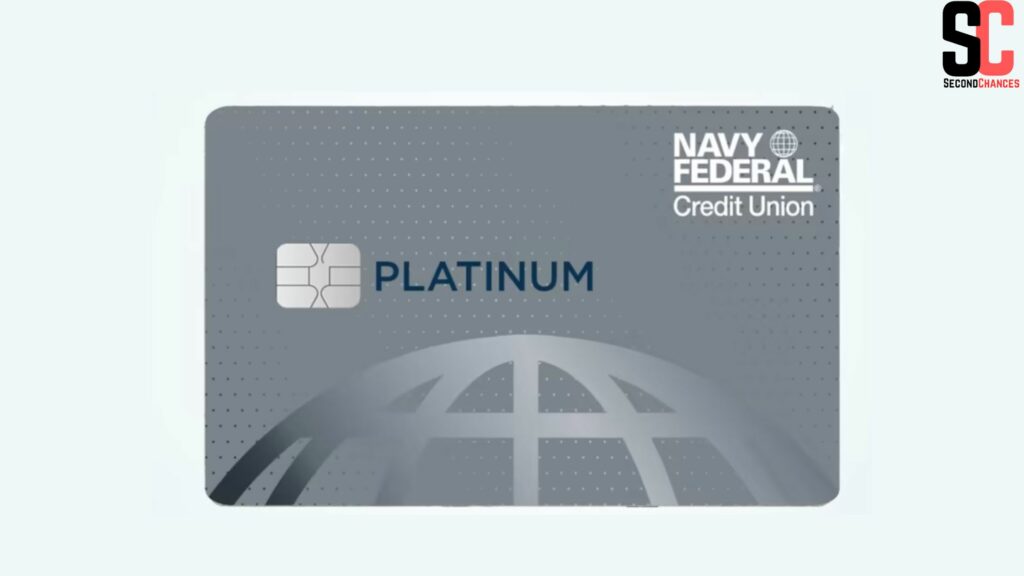
There are a lot of advantages to having the Navy Federal Platinum Credit Card, including a great way to transfer balances. The insurance plan includes features such as credit freezes, emergency assistance, and collision damage waivers. Whenever suspicious activities are detected, Navy Federal will send you fraud notifications. If you’re looking for a credit card to transfer balances, this is a good choice.
How To Apply For Balance Transfer Credit Cards Once Your Credit Score Is Higher?
Check out our top picks for the best balance transfer cards once your credit scores have improved and you’re ready to apply for a credit card. After you find the right credit card for you, follow these steps.
- Provide your personal and financial information on the credit card application. Answer honestly and as long as you can. An application may be pending or denied if there are any discrepancies. However, individuals seeking a second chance credit card with no security deposit might still have options available to them, depending on their circumstances.
- As soon as you receive your card, initiate any balance transfers. A card’s introductory offer or fee period may be limited.
- The balance must be paid down within the given time frame. The standard interest rate will begin accruing if you do not.
- If you transferred the balance from a credit card, make sure that you’re still paying the balance on your old card. Credit card payments aren’t instant, and balance transfers aren’t instant.
What Can I Do If My Balance Transfer Credit Cards For Poor Credit Application Has Been Declined?
Your credit rating will likely prevent you from obtaining any credit card if you are not likely to be accepted or if you have been declined. A short period of time of applying for too many credit cards and receiving multiple rejections can negatively impact your credit rating for years to come. There are now two options for safety:
- You should wait until you have a less recent bad credit history. Check your credit rating again (see below for how to do this) or…
- The positive impact of using this will be hard to quantify compared with waiting a year before applying for credit. This option does not charge a fee (if you open a free account at the end, otherwise £30), but it does get you into a good savings habit, so it could be worth trying.
How To Do A Balance Transfer With Balance Transfer Credit Cards For Poor Credit?
Taking advantage of a balance transfer offers the best chance of lowering your interest rate and fees. A balance transfer fee of 0% – 3%+ will be charged to you by the new card’s issuer in addition to the amount transferred.
The following steps are involved:
Credit Report
Good credit is usually required for approval of balance transfer credit cards with 0% APRs. When comparing credit card offers, you will be better equipped to make informed decisions.
Choose The Right Balance Transfer Card
Identify the best balance transfer credit cards by comparing their APRs, balance transfer fees, and annual fees. Make sure you can afford the monthly payment. Calculators can be helpful in transferring balances.
Get Balance Transfer Credit Cards For Poor Credit
In the application, complete the sections for requesting a balance transfer as well as your personal and financial information. You will need to provide the account number and the amount you wish to transfer. Balance transfers are best requested when applying because promotional 0% APR periods begin as soon as the account is opened.
Pay Your Bills
If you don’t make sure you keep up with your original creditor’s payments until the balance transfer is complete, you may be marked as past due. Once the transfer has been processed, you will be credited for any payments made during this time period.
Decisions Are Received
There may be an option for the issuer to accept a partial or full transfer of your balance, depending on your request. You may be denied a balance transfer if you do not have the funds available and your creditworthiness is not good.
Make The Final Payment
Your new credit card’s low introductory APR will expire soon, so try to pay off your transferred balance before then. There will be a high regular rate applied to any remaining balance at that time. Keep repaying your original account balance as well.
Pros And Cons of Balance Transfer Credit Cards For Poor Credit
Balance Transfer Credit Cards For Poor Credit come with pros and cons you should weigh before deciding:
Pros
- It simplifies your payments to combine multiple debts into one.
- You may save on interest charges over time if you are able to find a balance transfer card with a lower interest rate.
- You will be able to reduce your principal balance more quickly if you have a lower interest rate.
Cons
- There may be fewer promotional offers and higher interest rates on balance transfer cards for people with poor credit.
- Cards with balance transfer fees can reduce savings by eating into potential savings.
- If you have a limited credit history or multiple recent credit applications, opening a new credit card could temporarily lower your credit score.
Alternatives To Balance Transfer Credit Cards For Poor Credit
In the event that you are unable to transfer a balance because of poor credit, consider the following alternatives:
Debt Consolidation Loan
You can consolidate your debts into one with a debt consolidation loan, which normally comes with a lower interest rate. It is possible that you could be able to simplify your payments and potentially reduce the overall interest you pay by using this option.
Find A Co-Signer
You might be able to get a loan or credit card cosigned by a friend or family member with good credit. It could help you obtain a better rate of interest, for example, if they have good credit.
Boost Your Credit Score
The importance of improving your credit score for long-term financial well-being cannot be overstated. Ensure that you are making consistent payments, keeping your credit card balance low, and keeping your new accounts to a minimum. The better your credit score is, the more options you have to manage your debt.
Make More Money
You can jump-start your debt payoff plans by asking for a raise, selling items, or starting a side business.
Expenses Can Be Reduced
Alternatively, you can lower your monthly expenses on recurring items like housing, transportation, utilities, memberships and subscriptions, and meals out, then pay down debt.
Counseling Agency For Non-Profits
Your debt situation can be discussed with these organizations in a free initial consultation, and payoff strategies can be suggested. Getting started with credit counseling is as easy as searching through the National Foundation for Credit Counseling.
What Causes Someone To Have A bad Credit Record?
The credit history of every adult includes information about how they have handled credit in the past (such as loans, store cards, and credit cards). This record is then used by other lenders to determine whether you are a good risk.
You could appear too high a risk if you have made a few mistakes in the past, such as missing or paying late payments (or even past bankruptcies, defaults, and CCJs).
You can still get a credit card even if you’ve had credit issues in the past, as there are special credit cards that may accept you. You could benefit from one of these cards if you have a bad credit history because – when used correctly – it can demonstrate that you are capable of making timely and reliable payments.
FAQ
Are Multiple Credit Card Applications A Bad Idea?
Yes, of course. Multiple credit card applications are generally considered unfavorable by lenders because they could indicate you’re desperate for credit. Therefore, the concept of a “soft” search for checking your eligibility is very smart.
How Long Does It Take To Transfer A Balance?
Even if your credit card application was approved within 60 seconds, you may find your old balance in your new account after 21 days. You can transfer your balance to another account at 0% once your card is approved rather than once you have a balance in your account.
Is There A Credit Limit?
Credit limits are set by the lender, and they limit the amount you can borrow or spend. The amount you receive will be determined by several factors, including your credit history and income.
Does A Balance Transfer Impact My Credit?
The transfer of a credit card balance will not damage your credit score, but paying down a high credit card balance may.
Why Would A Bank Deny Balance Transfer Credit Cards For Poor Credit?
An applicant’s credit score, existing debt, or recent delinquencies may cause a bank to deny a balance transfer. There are different criteria for approval at each bank.
How Can I Pay Off Debt If I Can’t Get A Balance Transfer Card?
You may be able to improve your credit score over time if a balance transfer card is not an option. You can effectively manage and repay your debts by utilizing debt management and debt repayment strategies.
Conclusion
It is possible to reduce debt by transferring balances between your credit cards — but Balance Transfer Credit Cards For Poor Credit often have high credit requirements. If you have bad credit, consider alternative debt repayment options along with balance transfer cards. Focus on building your credit score after taking out a debt-consolidation loan or paying off your debt.


